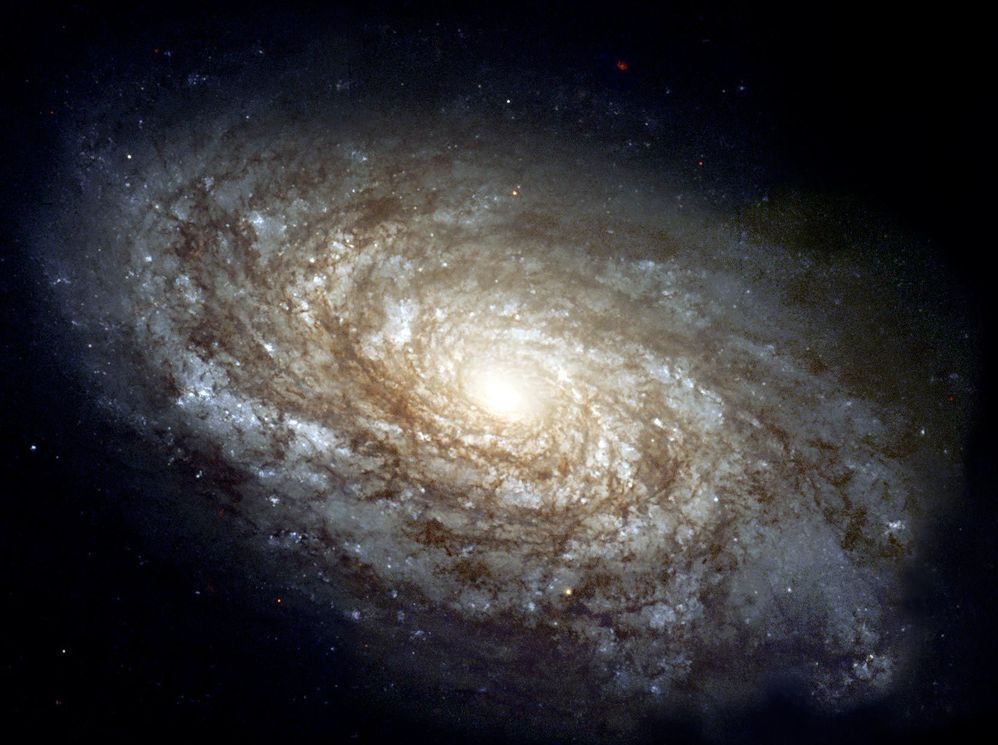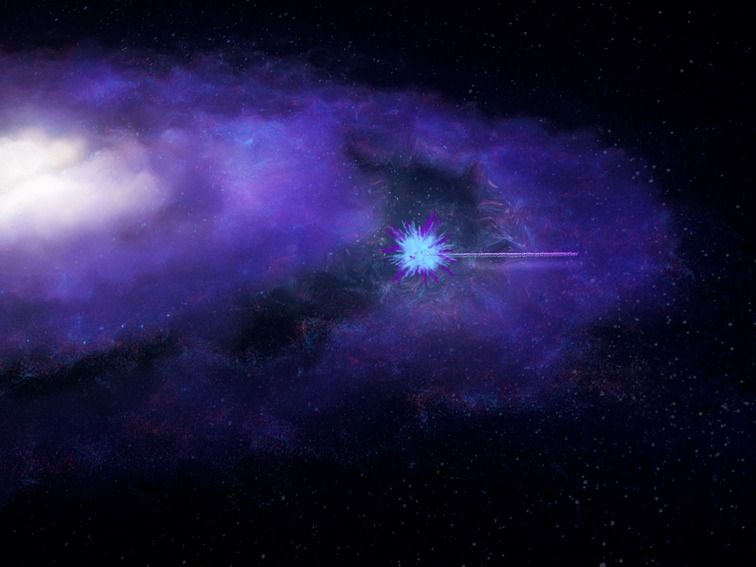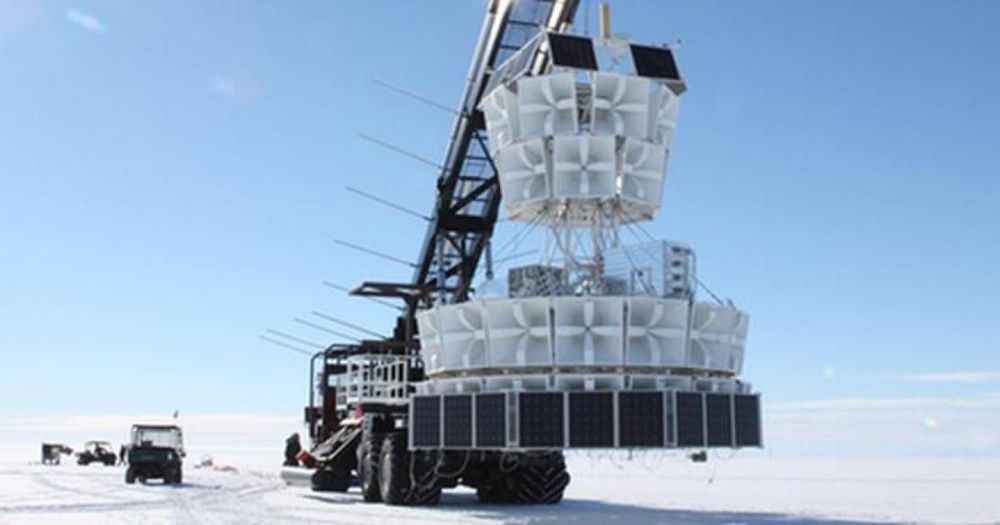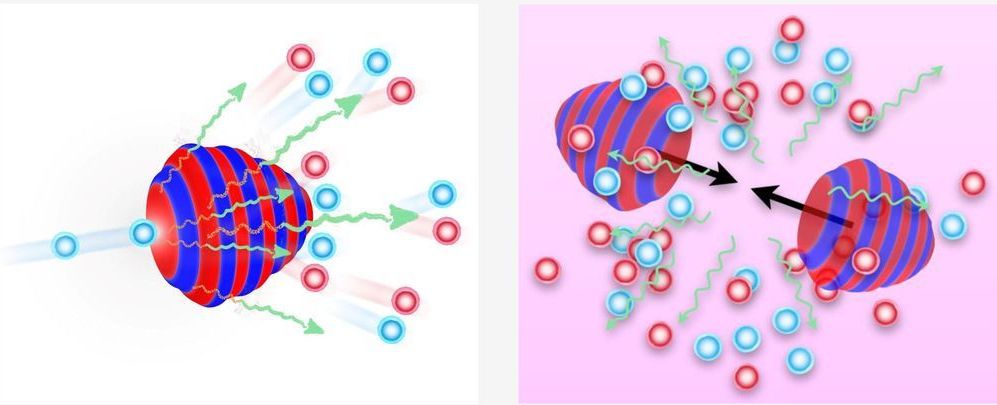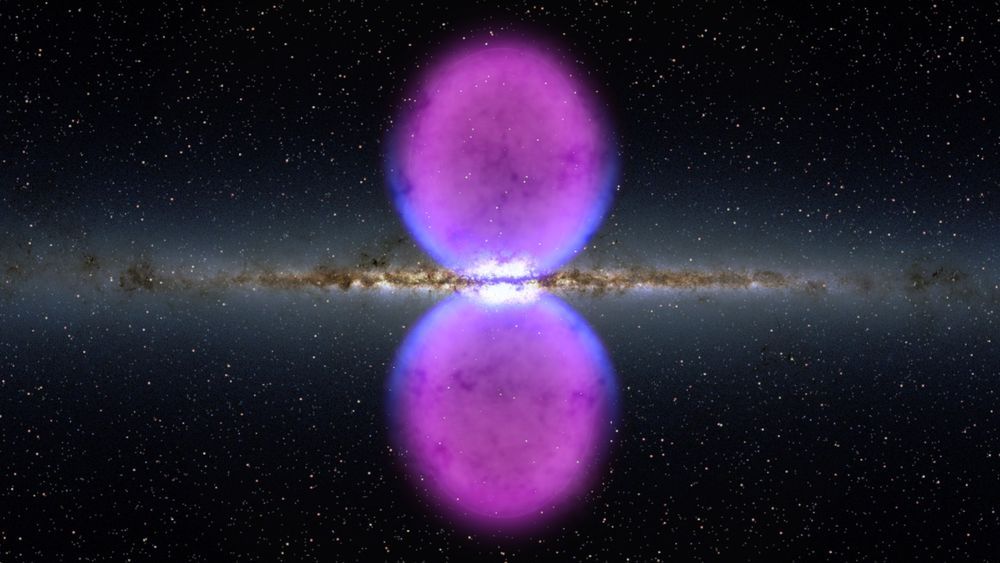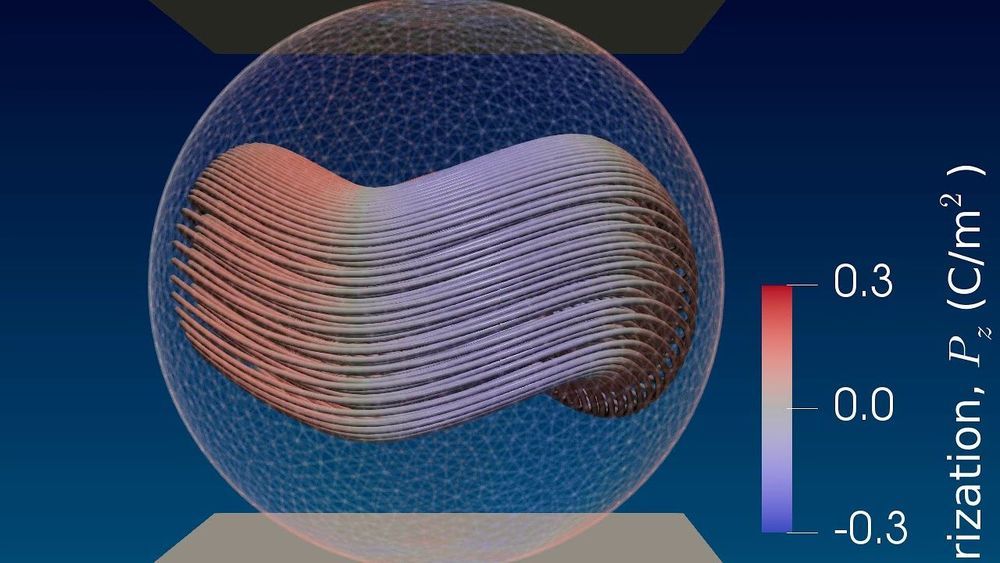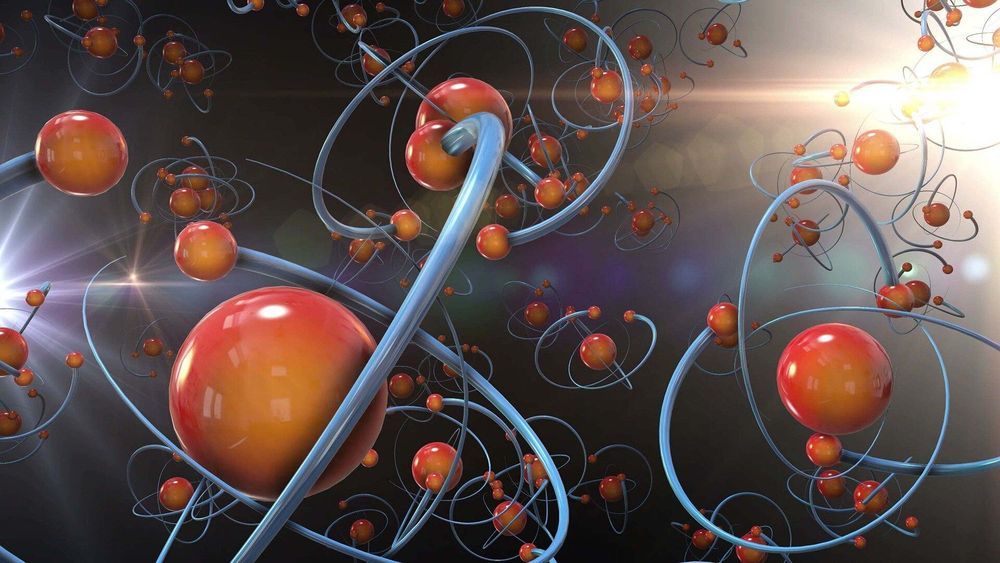The Dark matter engine is the key to the extreme acceleration capabilities of the modern space ship. Invented by Professor Hubert J. Farnsworth, the engines on the Planet Express ship harness the power created by burning dark matter in large furnaces, channels it through an afterburner that gives 200% fuel efficiency and propelles the ship through space fast enough to cover the whole universe in a matter of days.
How it works Edit
Let’s look at the real universe example of Rigel, a star in Orion’s Belt approximately 900 light-years away from Earth. This means that even traveling at the speed of light (300,000 km/s) it would take 900 years to get there. Traveling at 9 times the speed of light (2,700,000 km/s) it would take 100 years to get there and at 100 times the speed of light (30,000,000 km/s) it would take nine years. Albert Einstein’s famous statements that it would be mathematically impossible to travel faster than light seem to have held up through out the 3rd millennia and although in 2208 the scientific community allegedly raised the speed of light so that they could go faster, the problem that one cannot go faster than the speed of light remains.


